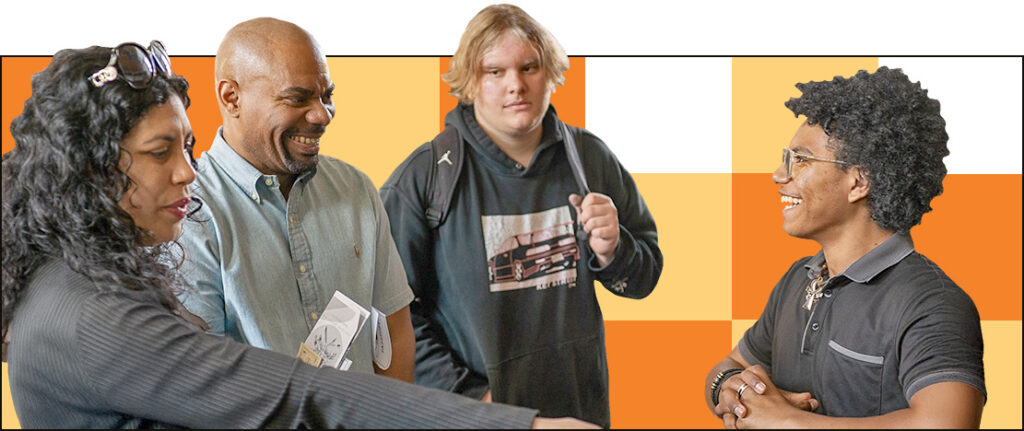


learn more about

learn more about

overview
partner with us
partner with us
events

events



learn more about

learn more about











Students explored examples of risk taking from personal and state history, through a variety of literary contexts. Students then selected a risk that was meaningful to them to develop into “Choose Your Own Adventure,” interactive stories that they exhibited to parents and other students. They assessed the probability of possible outcomes to make the choices in their adventure simulate a realistic risk. This project was designed to help students explore history in a manner authentic to their own lives and experiences, as well as to learn more about the motives that brought settlers to their state or country, exploring the decisions that were made and risks that were taken in the process. There was also an intentional connection to the students themselves and the risks that have been taken for them and also the risks they have taken and would like to take in the future. One of our primary goals was for students to understand risk taking, both positive and negative, and to be able to assess risks in their own lives. This conversation helped foster a culture in class where students felt comfortable taking academic and social risks.
This project got me interested in learning about my family history and genealogy. I was already interested in history, but this project gave me a base to learn more and dig a little deeper. I like that we learned a lot about probability and about real life consequences that were related to our risk taking.
—Aiden Ramirez, 4th grade
One thing that I was not expecting to learn was that we got to learn about our family history. I think it was cool because I really never knew that my ancestors were pirates, so that was really interesting to find out! I learned that pretty much every day people take risks, whether they’re small, like deciding whether or not to read this book, or deciding whether or not to go to a new country to live!
—Alberto Rosas, 4th grade
Ruby Bridges was black and wanted to go to a white school, so she did and if Ruby Bridges didn’t do what she did we would probably be in separate schools now.
—Gracie Suarez, 4th grade
To learn more visit: https://dp.hightechhigh.org/~slopaz